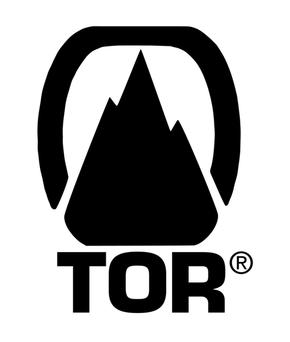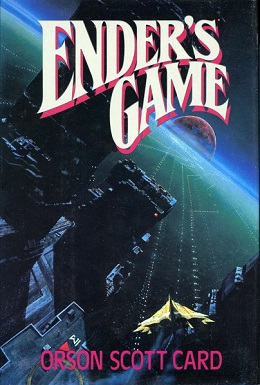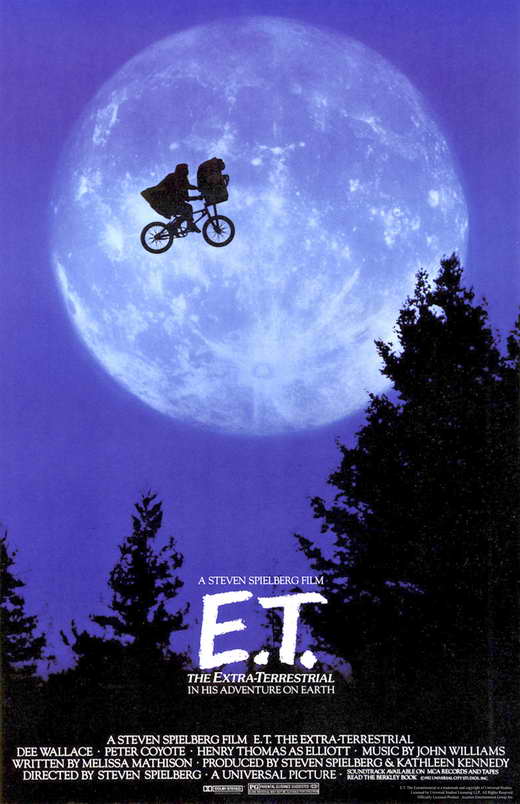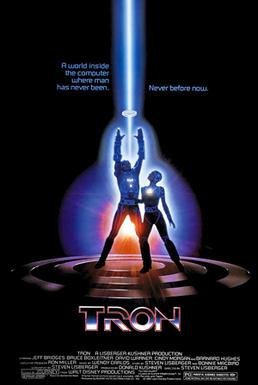We seem to be living in an era of great nostalgia when it comes to science fiction and pop culture. Why come up with something new when you can redo something you loved when you were younger? Here are five franchises that were popular in the 1970s and 1980s that have been updated recently, whether by a remake, reboot, prequel, sequel, or Kickstarter campaign. I have included on this list both things I am excited about, and things I believe should have been left to rest in peace.
5. Indiana Jones (1981-2008)-

Why would I include Indiana Jones on this list? You may ask yourself. It’s not science fiction. Or is it? George Lucas and Steven Spielberg teamed up once again with their stars Harrison Ford and Karen Allen to create a new Indiana Jones adventure starring Indy and his son, played by Shia LeBouf. Unfortunately, the film’s plot revolved around aliens, which had not previously played any role in the franchise. Fans were disappointed.
4. Mystery Science Theater 3000 (1988-2015)-

After MST3K met its demise in 1999, the creators started working on their own seperate projects, (most of which still revolved around picking on movies). Joel Hodgson started Cinematic Titanic to continue riffing on old B-movies. Mike Nelson worked on creating Rifftrax, audio commentaries that can be synched to many movies, both good and not-so-good. Just this year, however, Joel started a Kickstarter campaign to bring back MST3K in all its glory. On December 11, it was fully funded, and 14 new episodes are slated to be released.
3. The Terminator (1984-2015)-

The original Terminator film was followed by four other films in 1991, 2003, 2009, and 2015. The most recent, Terminator Genisys, came out this summer, and is intended to serve as the first film in a new trilogy. Evidently, like its titular machine, this franchise is nearly impossible to kill.
2. Star Trek (1966-2016)-

Star Trek continued after cancellation in 1969 with five spin off series, ten films, and scores of novels, comic books, and video games. However, after the cancellation of the widely-panned prequel series Enterprise in 2005, it seemed as if Star Trek’s dilithium crystals were finally depleted.J.J. Abram’s reboot film Star Trek in 2009 breathed new life into the series, and brought in many new fans. It was followed by Star Trek Into Darkness in 2013, which mirrors Star Trek II: The Wrath of Khan, (in much the same way the mirror universe mirrors the prime universe, in my opinion). The trailer to the next film, Star Trek Beyond, was released yesterday. While the new series may not hold true to the philosophical heart of the original series, it is an entertaining way to reintroduce the characters into popular culture. Also, CBS recently announced that a new Star Trek television series will begin in January of 2017.
1. Star Wars (1977-2015)-
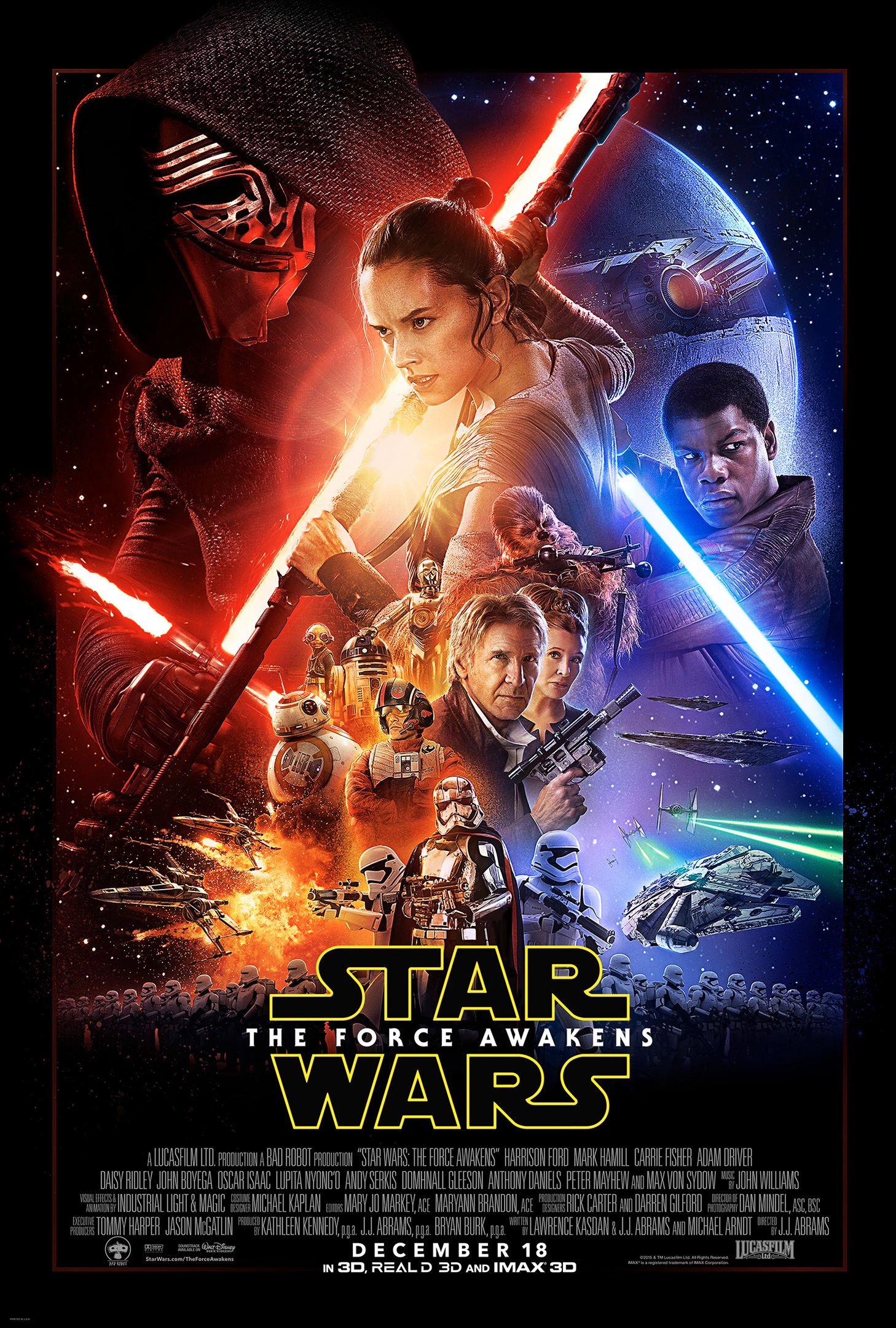
But what can I tell you that you don’t already know from every advertisement you see on television and online? I am seeing the new movie on Thursday, and am planning to write a (spoiler-free!!!) analysis on whether or not I think it fits into the Star Wars universe.
Keep on glowing in the dark,
Elora


